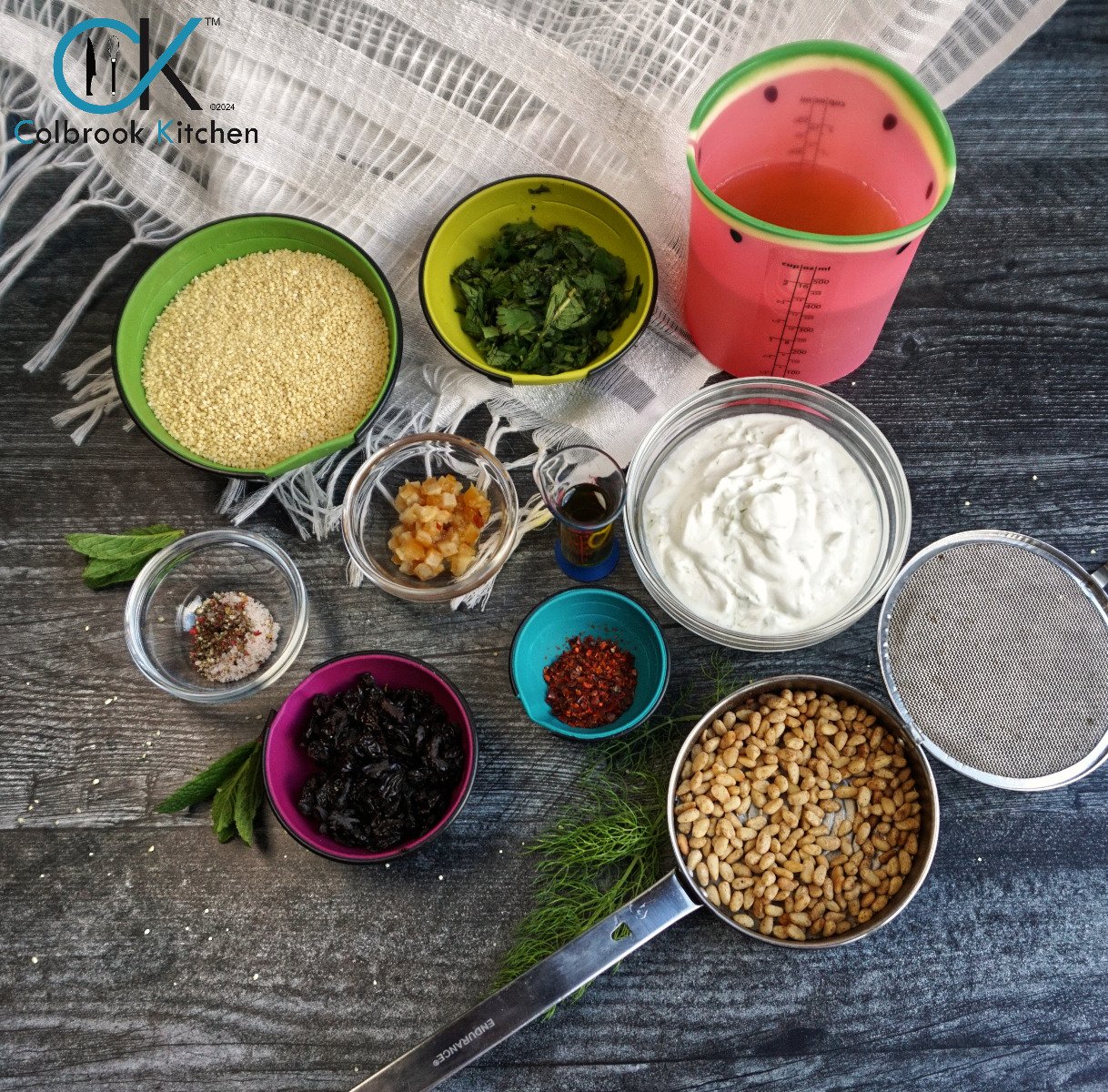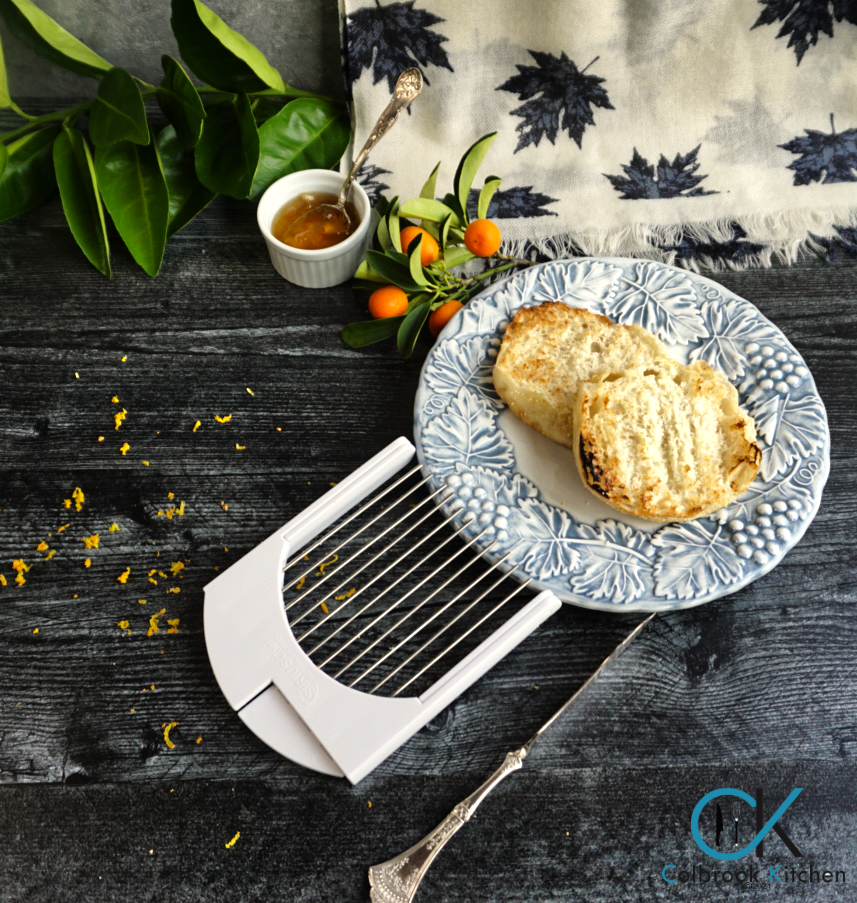Cool Tip: What Makes Food Slide...and why you care!
- Jun 24, 2015

Over the years we’ve all had various iterations of “non-stick” cookware. The attractions of cooking with less (or no) oil and easy cleanup have always been strong. But problems of durability and concerns over chemical toxicity have fueled debate over the years.
The first non-stick pans for consumers were made in the post-WWII era, using a coating of DuPont Teflon®: PolyTetraFluoroEthylene or PTFE. The Tefal Company was founded on the basis of a French patent for bonding PTFE to aluminum and its products stoked US demand for non-stick pans in the early 1960s. Over the years, Teflon® and all of its competitors have evolved to address the main issues and alternative non-stick surfaces, such as titanium, diamond, and ceramic coatings, and cast and anodized aluminum, have been developed. More on those in future newsletters.
Concerns have been raised over the possible negative effects of using PTFE-coated pans. When pans are overheated, the PTFE coating begins to break down, releasing fumes which can cause polymer fume fever in humans. A major question is when does “breakdown” begin: reports discuss a range from 350ºC/660ºF to 450ºC/842ºF. Since the “smoking point” for most cooking oils is 260°C/500°F, ordinarily PTFE is completely safe. And although experience suggests that the lower end of that range could easily occur in a kitchen or outdoor grill, the higher end of the range is likely to have destroyed the pan, as well as the coating. The reported studies emphasize that the dangers are from PTFE exposure in unventilated settings, so one should always run the exhaust fan when cooking over high heat especially indoors. And don’t overheat!
The major culprit in the non-stick coatings debate is PerFluoroOctanoic Acid (PFOA), which is used to emulsify PTFE in applying the coating. PFOA is the real bad boy in this drama: the USEPA called it a “likely human carcinogen” with numerous bad health implications. But the German EPA is reported to have concluded that the same levels of PFOA (0.3-0.5 parts per billion) were “too low to cause overt adverse health effects” in humans. Much of the US controversy centered around now-settled class action litigation by DuPont employees engaged in the production of PFOA.
Regardless of the details, this debate has resulted in the effective end of PFOA in cookware. In 2006, EPA and the eight major petrochemical companies in the industry launched a program to reduce PFOA by 95% by 2010, and to work toward eliminating emissions and product content by 2015. That goal seems to have virtually eliminated PFOA from the cookware marketplace. And DuPont states that current versions of Teflon® do not contain PFOA.
SO … PTFE: OK if used properly. And “PFOA Free” is the new watchword.
The first non-stick pans for consumers were made in the post-WWII era, using a coating of DuPont Teflon®: PolyTetraFluoroEthylene or PTFE. The Tefal Company was founded on the basis of a French patent for bonding PTFE to aluminum and its products stoked US demand for non-stick pans in the early 1960s. Over the years, Teflon® and all of its competitors have evolved to address the main issues and alternative non-stick surfaces, such as titanium, diamond, and ceramic coatings, and cast and anodized aluminum, have been developed. More on those in future newsletters.
Concerns have been raised over the possible negative effects of using PTFE-coated pans. When pans are overheated, the PTFE coating begins to break down, releasing fumes which can cause polymer fume fever in humans. A major question is when does “breakdown” begin: reports discuss a range from 350ºC/660ºF to 450ºC/842ºF. Since the “smoking point” for most cooking oils is 260°C/500°F, ordinarily PTFE is completely safe. And although experience suggests that the lower end of that range could easily occur in a kitchen or outdoor grill, the higher end of the range is likely to have destroyed the pan, as well as the coating. The reported studies emphasize that the dangers are from PTFE exposure in unventilated settings, so one should always run the exhaust fan when cooking over high heat especially indoors. And don’t overheat!
The major culprit in the non-stick coatings debate is PerFluoroOctanoic Acid (PFOA), which is used to emulsify PTFE in applying the coating. PFOA is the real bad boy in this drama: the USEPA called it a “likely human carcinogen” with numerous bad health implications. But the German EPA is reported to have concluded that the same levels of PFOA (0.3-0.5 parts per billion) were “too low to cause overt adverse health effects” in humans. Much of the US controversy centered around now-settled class action litigation by DuPont employees engaged in the production of PFOA.
Regardless of the details, this debate has resulted in the effective end of PFOA in cookware. In 2006, EPA and the eight major petrochemical companies in the industry launched a program to reduce PFOA by 95% by 2010, and to work toward eliminating emissions and product content by 2015. That goal seems to have virtually eliminated PFOA from the cookware marketplace. And DuPont states that current versions of Teflon® do not contain PFOA.
SO … PTFE: OK if used properly. And “PFOA Free” is the new watchword.





